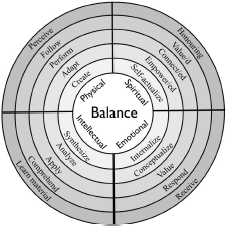This week I’ve continued my deep dive into finding resources for the Curriculum Committee website. What’s become immediately apparent when looking at resources for writing learning outcomes:
- There are tons of resources on Blooms
- Fink also, is fairly popular and often presented along with Bloom’s
- Webb is less common but the resources are available, if that’s the taxonomy of learning you want to use
The significance? All of these models underscore a Euro-centric colonized approach to curriculum design, teaching approaches and learning outcomes. This is not a surprise, obviously; it’s more that it highlights the fact that we have a long way to go to decolonize curriculum and move toward more supportive and inclusive learning environments for all students. Equally, how do we support instructors who are subject specialists and are still at the stage of trying to understand learning outcomes and how they ‘fit’ within their teaching practice?
Our academic system reinforces this Euro-centric mind-set, from how we typically expect learning outcomes to be articulated, to teaching strategies and assessment. Current approaches to assessment and the attendant grading is a good example of this. I can’t remember what meeting I was in this week when we were talking about un-grading. Giving grades is so entrenched in the system, it’s hard to imagine how as an individual instructor, one can navigate the tension between creating more inclusive curriculum and fulfill the expectations of articulation bodies, parents, students and whoever else. None of these are reasons not to try. In fact, current levels of mental health issues and anxiety within student populations (and among faculty), show that we desperately need a more humanized approach than what is currently typical. Part of being human, after all, is self-actualization and that requires us to consider the spiritual as well as the cognitive, psychomotor and affective domains of learning.

LaFever’s model is a great starting point for those of us trying to figure all of this out. While there aren’t many resources – yet – to give more context to how this fourth domain can be incorporated into existing approaches to course / program design, it’s an encouraging start.
I already have percolating in the back of my mind, how using this four-domain approach could be used in support of the Program Review process (e.g., incorporated into action items responding to an action plan after an external review, for example).
I feel some recipes emerging.
Leave a Reply